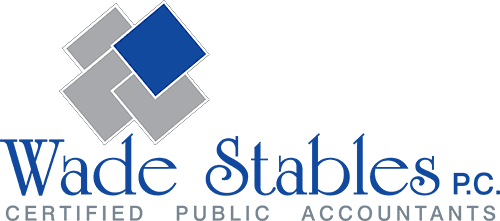The clock is ticking down to the April 18 tax filing deadline. Sometimes, it’s not possible to gather your tax information and file by the due date. If you need more time, you should file for an extension on Form 4868. An extension will give you until October 17 to file and allows you to avoid incurring “failure-to-file” penalties. However, it only provides extra time to file, not to pay. Whatever tax you estimate is owed must still be sent by April 18, or you’ll incur a failure-to-pay penalty and it can be steep. Contact us if you have questions about IRS penalties or about filing Form 4868.
Read More...
To help ensure financial security in retirement, saving now on a tax-favored basis is a smart move. And if you qualify, you still have time to contribute to an IRA or SEP and save on your 2021 tax return.
Read More...
If your business doesn’t already have a retirement plan, now might be a good time to establish one. If you’re self-employed and set up a SEP-IRA, you can contribute up to 20% of your self-employment earnings, with a maximum contribution of $61,000 for 2022 (up from $58,000 for 2021). If you’re employed by your own corporation, up to 25% of your salary can be contributed to your account, with a max contribution of $61,000. If you’re in the 32% federal income tax bracket, making a maximum contribution could cut your federal tax bill for 2022 by $19,520 (32% times $61,000). In addition to a SEP, there are other retirement plan options. We can provide information on the best one for you.
Read More...
If you made large gifts to your children, grandchildren or others in 2021, it’s important to determine whether you’re required to file a gift tax return by April 18 (Oct. 17 if you file for an extension). The annual gift tax exclusion has increased in 2022 to $16,000 but was $15,000 for 2021. Generally, you’ll need to file a return if you made 2021 gifts that exceeded the $15,000-per-recipient gift tax annual exclusion (unless to your U.S. noncitizen spouse) and in certain other situations. But sometimes it’s desirable to file a gift tax return even if you aren’t required to. If you’re not sure whether you must (or should) file a 2021 gift tax return, contact us.
Read More...
If you’re married, you may wonder if you should file joint or separate tax returns. It depends on your individual tax situation. In general, you should use the filing status that results in the lowest tax. But keep in mind that, if you and your spouse file a joint return, each of you is “jointly and severally” liable for tax on your combined income (as well as any additional tax the IRS assesses, plus interest and most penalties). Therefore, the IRS can come after either of you for the full amount. In most cases, joint filing offers more tax savings but some people can save by filing separately. We can look at both options. Contact us to prepare your tax return or if you have questions.
Read More...






